TikTok Shop Raises Seller Fees Across Europe as Platform Pushes for ‘Content-Driven Commerce’ Expansion
Reading Time: 3 minutesTikTok Shop is raising its sales commission for merchants across five active…
Pattern Group, one of the largest Amazon resellers and an e-commerce accelerator, has filed to go public in the U.S., targeting a valuation of up to $2.64 billion and a planned offering of 21.4 million shares at a price range of $13–$15 per share (raising up to about $321M). The company intends to list on Nasdaq under the ticker PTRN, with Goldman Sachs and J.P. Morgan named as lead underwriters.
Pattern’s S-1 and public announcements show the firm has grown quickly: more than 90% of 2024 revenue came from consumer product sales on Amazon — a signal that Pattern’s business model is heavily marketplace-centred.
Seller impact analysis
Pattern’s IPO is a market signal more than an immediate existential threat: it shows investor conviction in marketplace acceleration models; and that matters to sellers in two ways.
What to expect: Expect sharper competition and more aggressive resellers in categories where Pattern plays. Sellers with thin margins or limited inventory flexibility are most exposed.
What to look forward to: The IPO also broadens options. Well-prepared brands can partner with resellers for scale, access new distribution, or leverage advanced marketplace services (pricing automation, marketplace expansion) that public funding will accelerate.
Actionable mindset: Focus on defense + optionality — protect listings and margins today, but design channel plays that can take advantage of well-capitalised resellers if alignment exists.
Use CedCommerce tools to monitor price/visibility shifts, automate repricing rules, and control inventory distribution across channels.
[Explore Marketing and End-to-end account management services for your business]

Reading Time: 3 minutesTikTok Shop is raising its sales commission for merchants across five active…

Reading Time: 11 minutesBy now you have seen your BFCM 2025 numbers. The harder question…
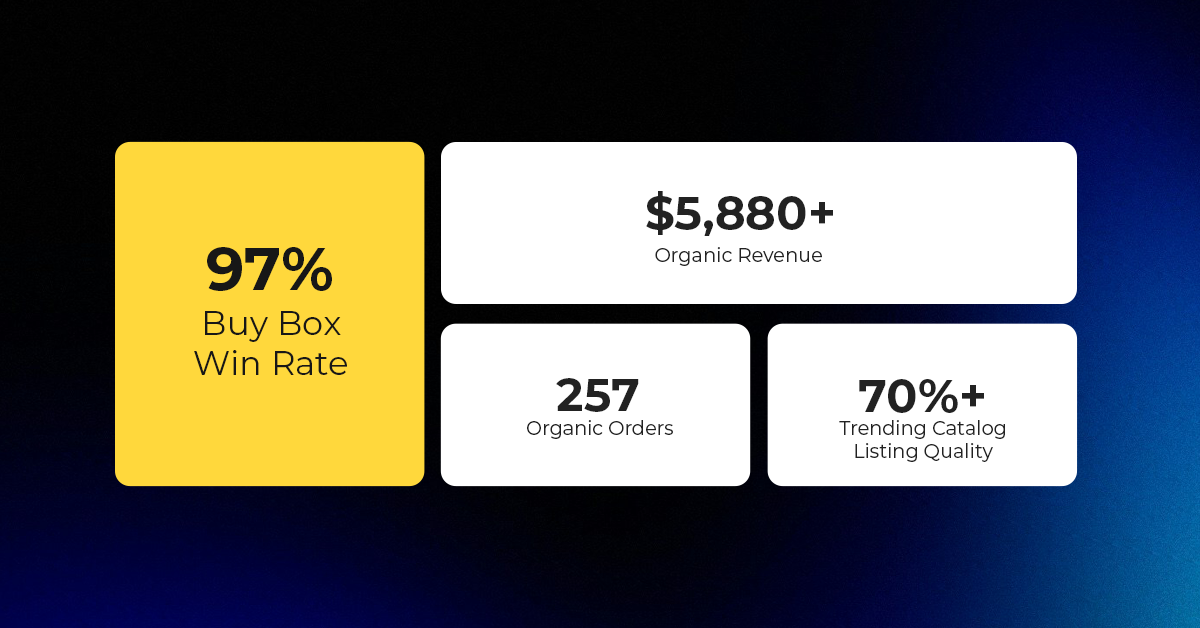
Reading Time: 3 minutesAbout the Brand Name: Vanity Slabs Inc Industry: Trading Slabs- Vanity Slabs…
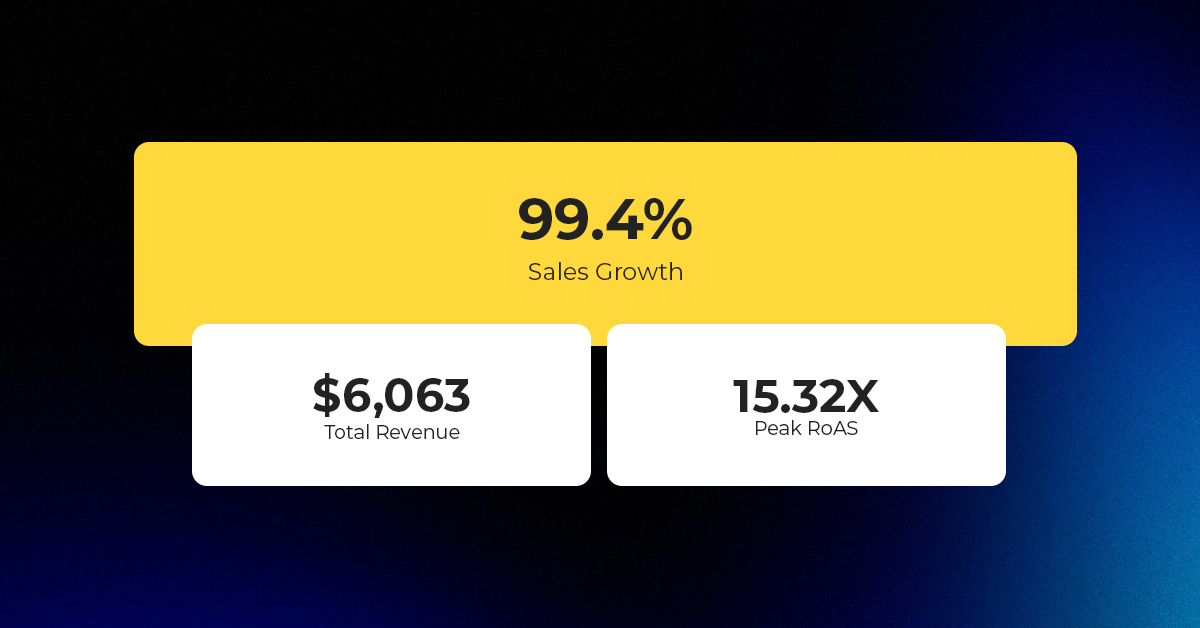
Reading Time: 2 minutesAbout the Brand Name: Ramjet.com Industry: Automotive Parts & Accessories Location: United…
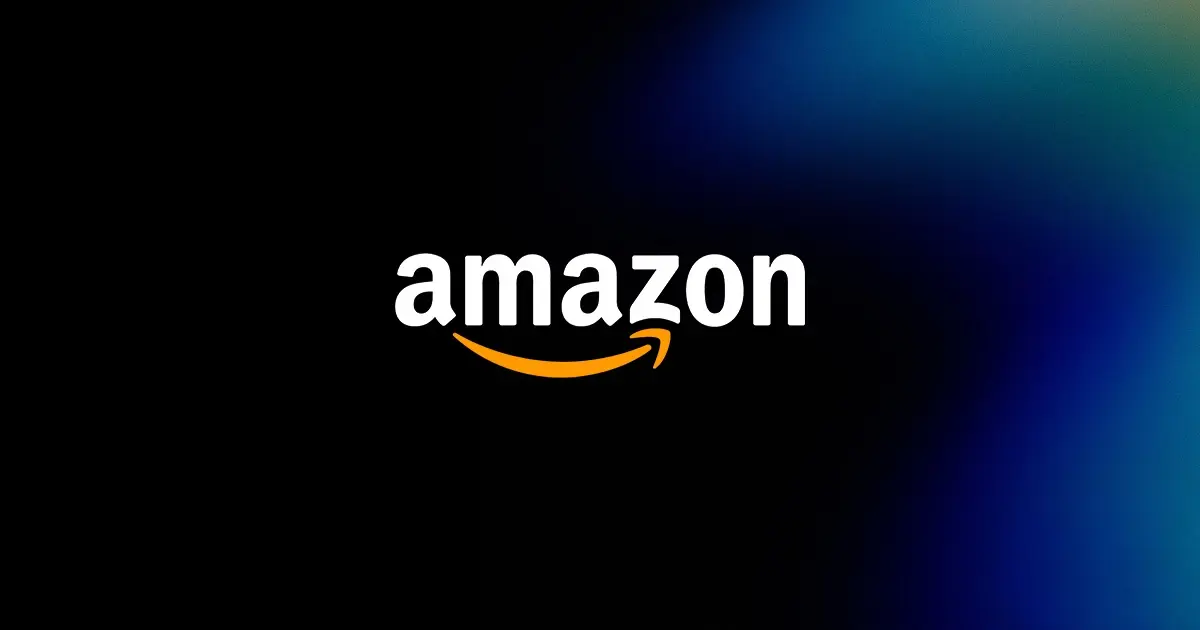
Reading Time: 2 minutesAmazon is rolling out strategic referral fee reductions across five major European…
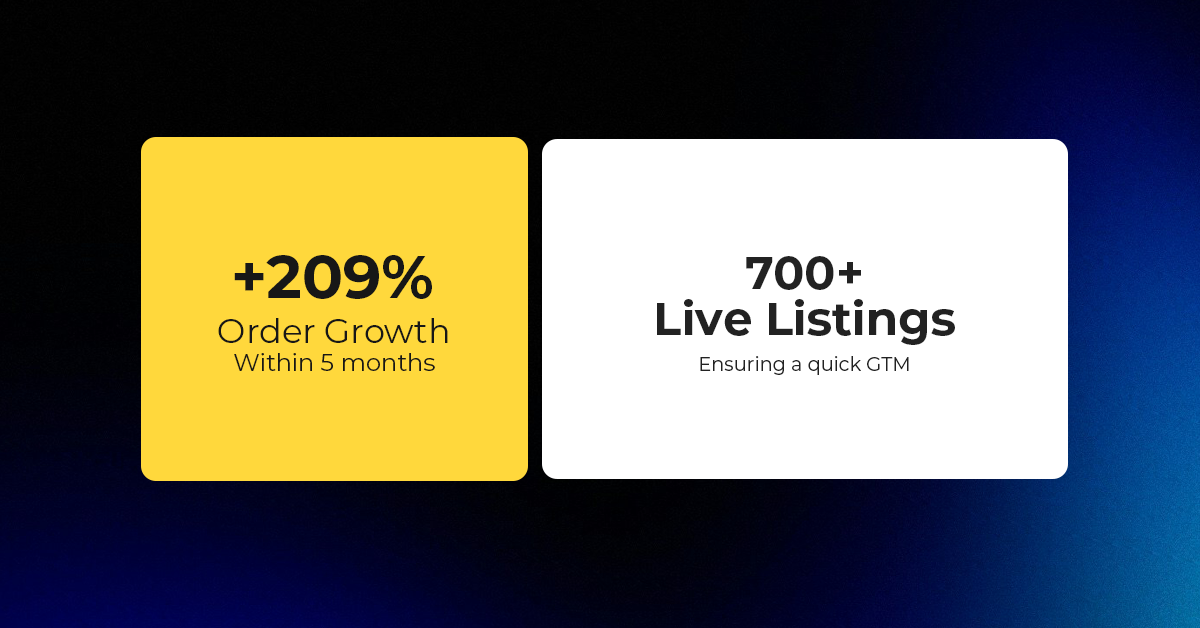
Reading Time: 4 minutesQuick Summary: Scaling Lifestyle Powersports on eBay with CedCommerce Challenge: Zero marketplace…

Reading Time: 4 minutesTikTok has surpassed 460 million users across Southeast Asia, reinforcing its position…
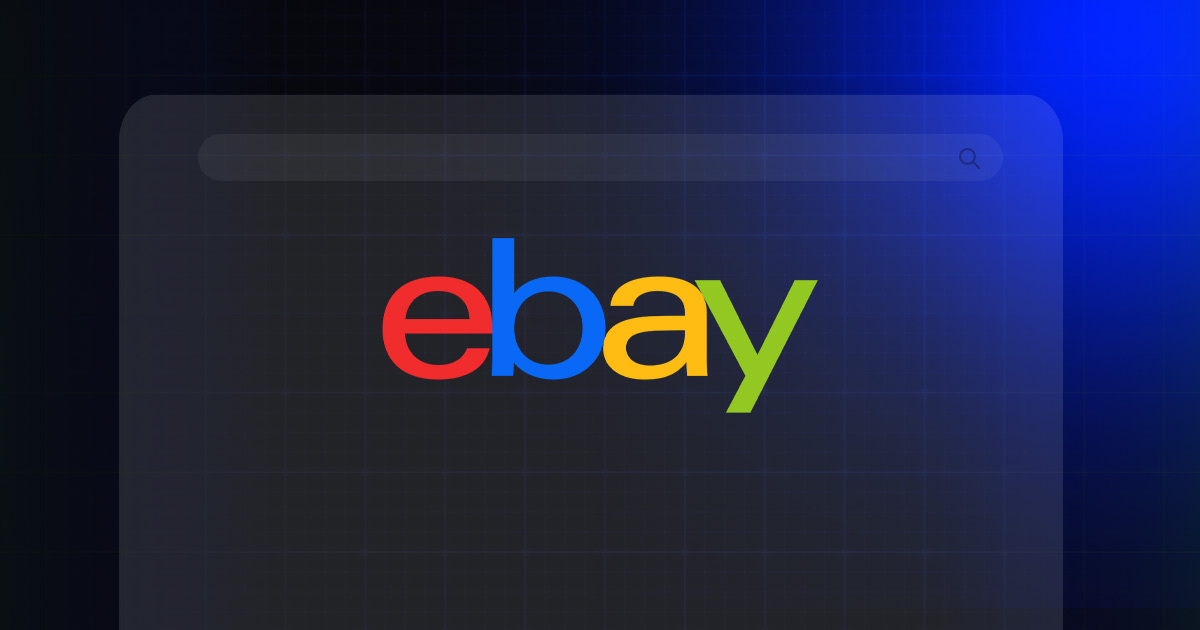
Reading Time: 3 minuteseBay has released its final seller news update for 2025, with a…

Reading Time: 3 minutesAmazon has clarified its stance regarding speculation around a potential breakup between…
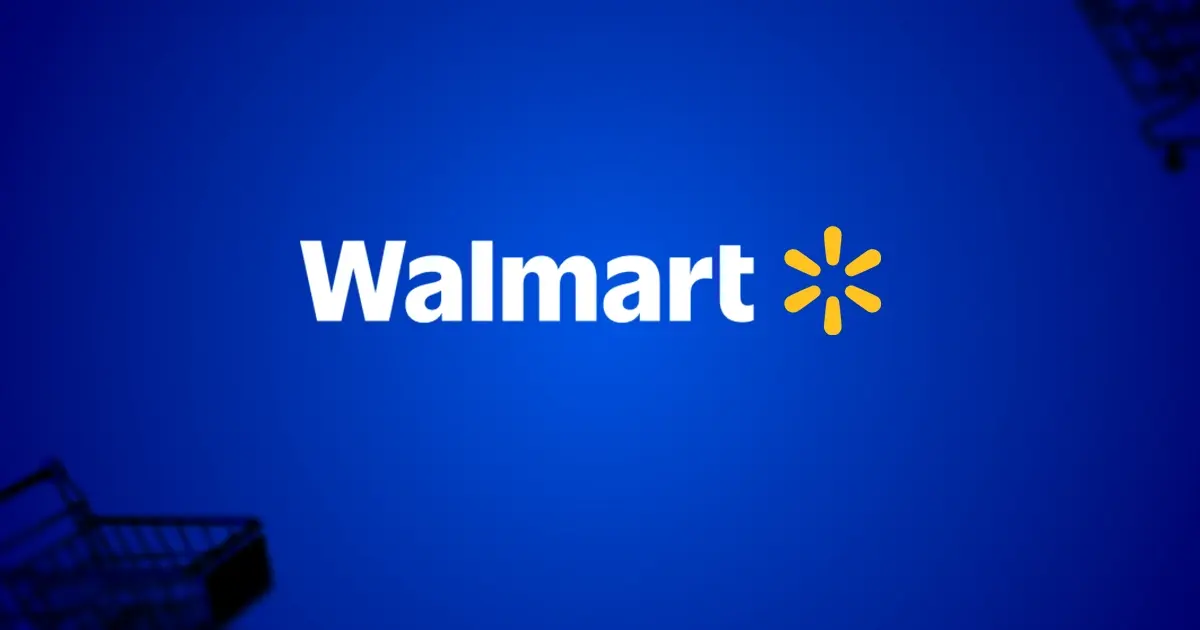
Reading Time: 4 minutesWalmart is accelerating its push into next-generation fulfillment by expanding its drone…

Reading Time: 4 minutesFaire, the fast-growing wholesale marketplace connecting independent retailers with emerging brands, has…

Reading Time: 4 minutesB2B buying in the United States is undergoing a fundamental behavioral shift…
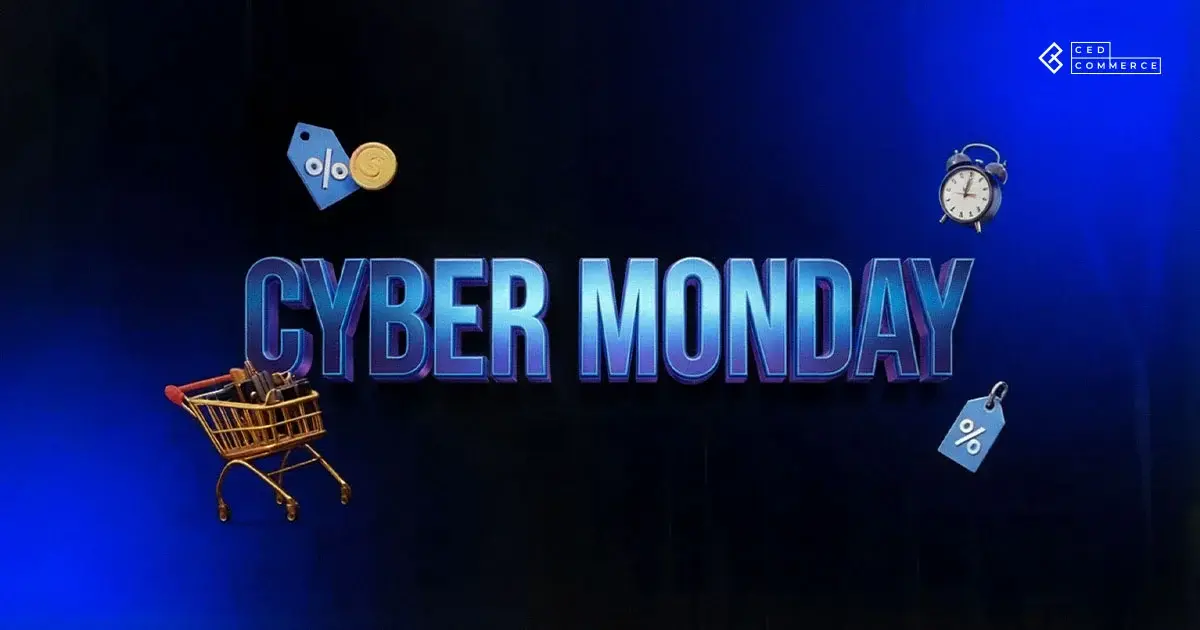
Reading Time: 3 minutesSummary Cyber Monday 2025 has officially become the largest online shopping day…

Reading Time: 2 minutesSummary Amazon kicked off December with two major developments shaping the future…

Reading Time: 2 minutesSummary Walmart has entered December with two major moves that signal a…
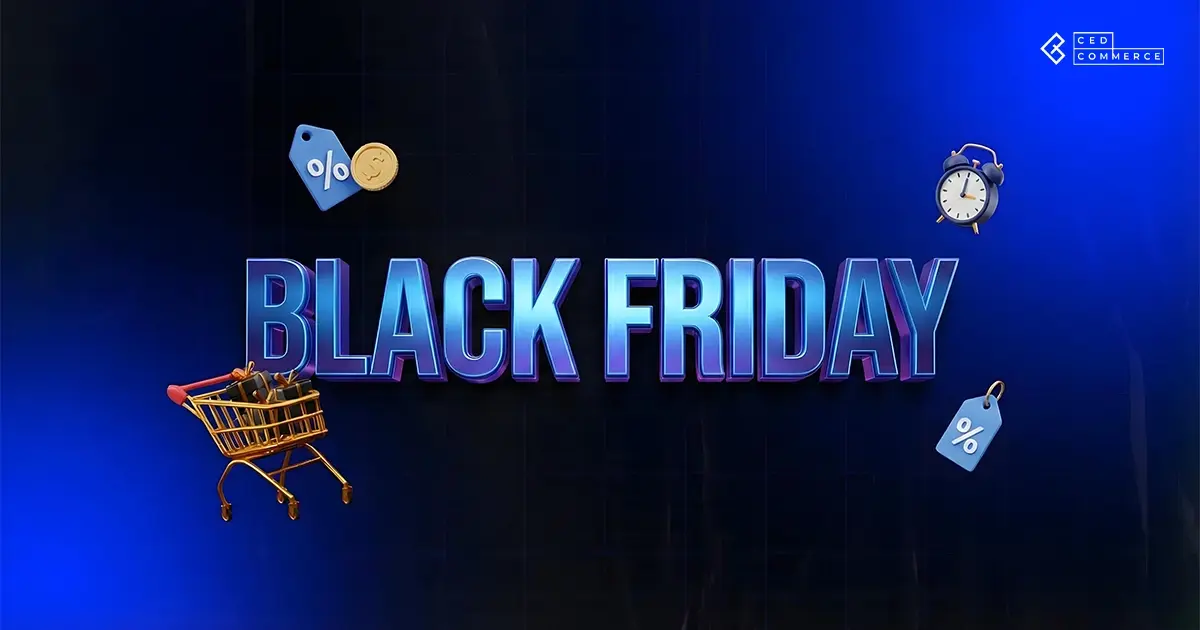
Reading Time: 2 minutesBlack Friday 2025 delivered the strongest U.S. eCommerce performance in history, as…
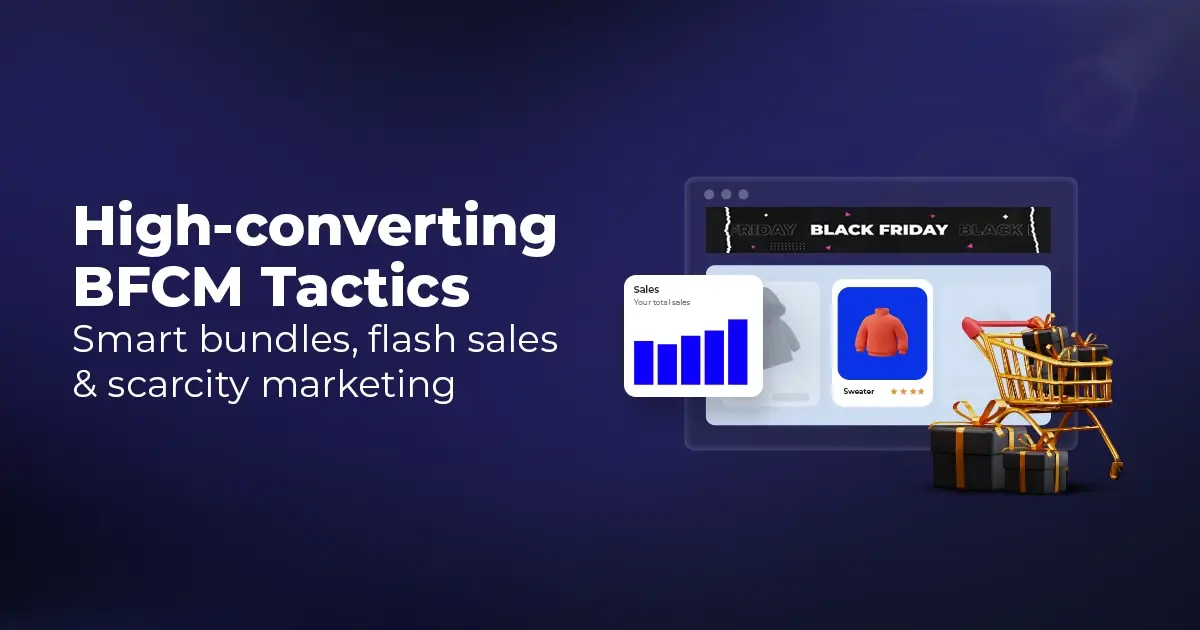
Reading Time: 13 minutesStill approaching BFCM with generic discounts, last-minute price cuts, or scattered promotions?…
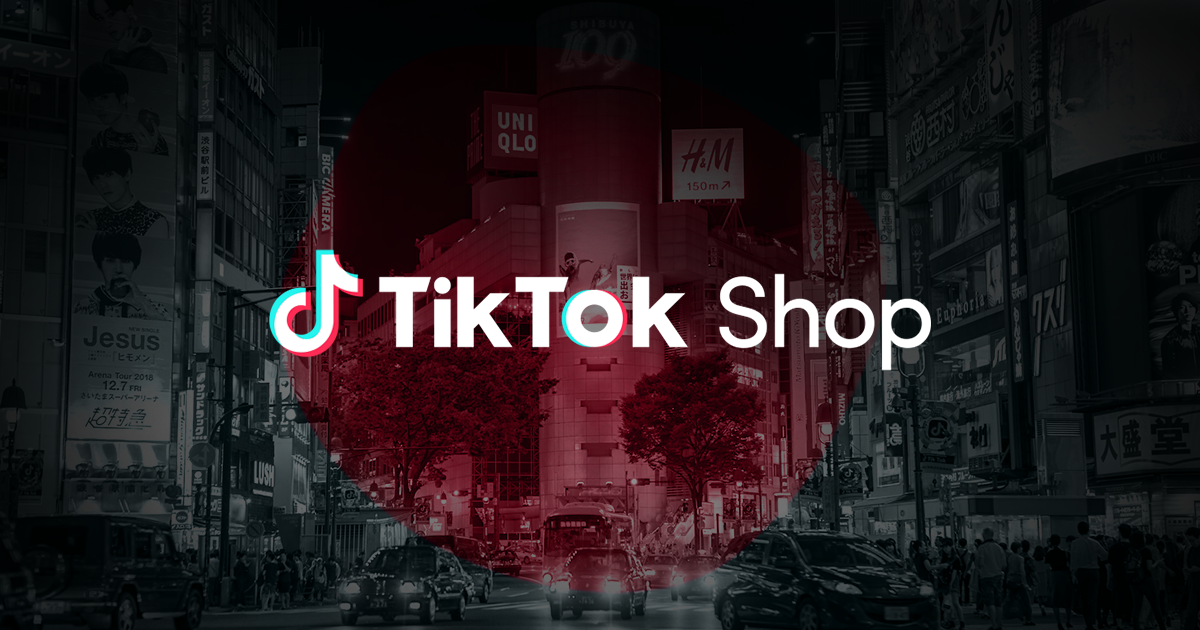
Reading Time: 3 minutesTikTok Shop reached a major milestone during its largest U.S. “Global Black…
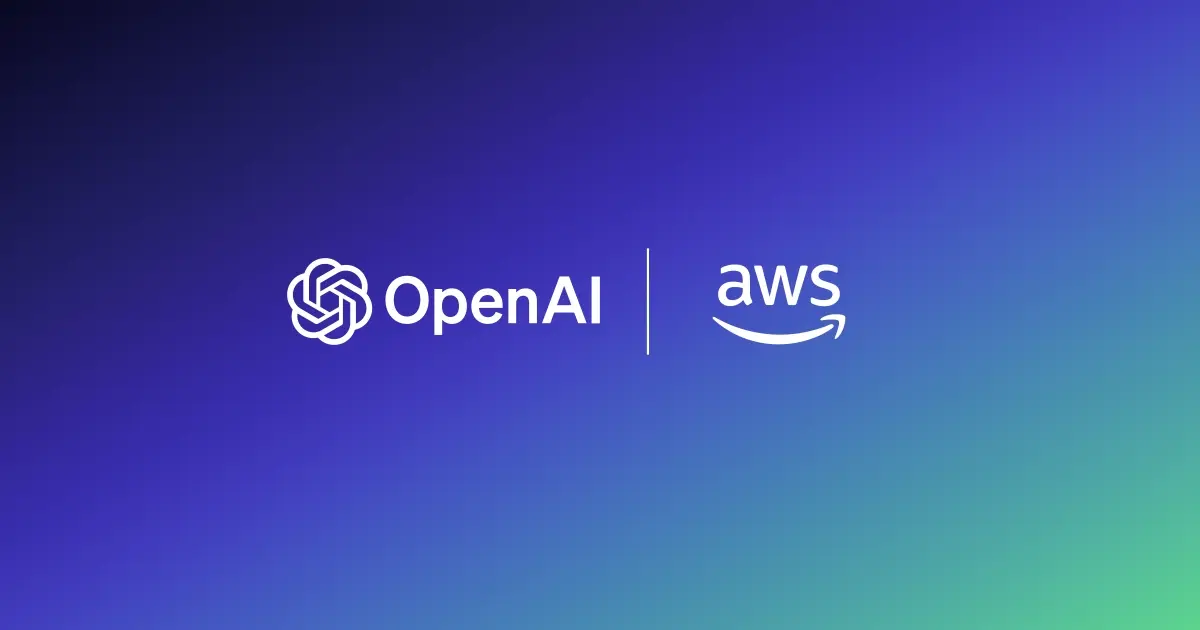
Reading Time: 3 minutesOpenAI has announced a new AI-powered shopping research tool designed to help…
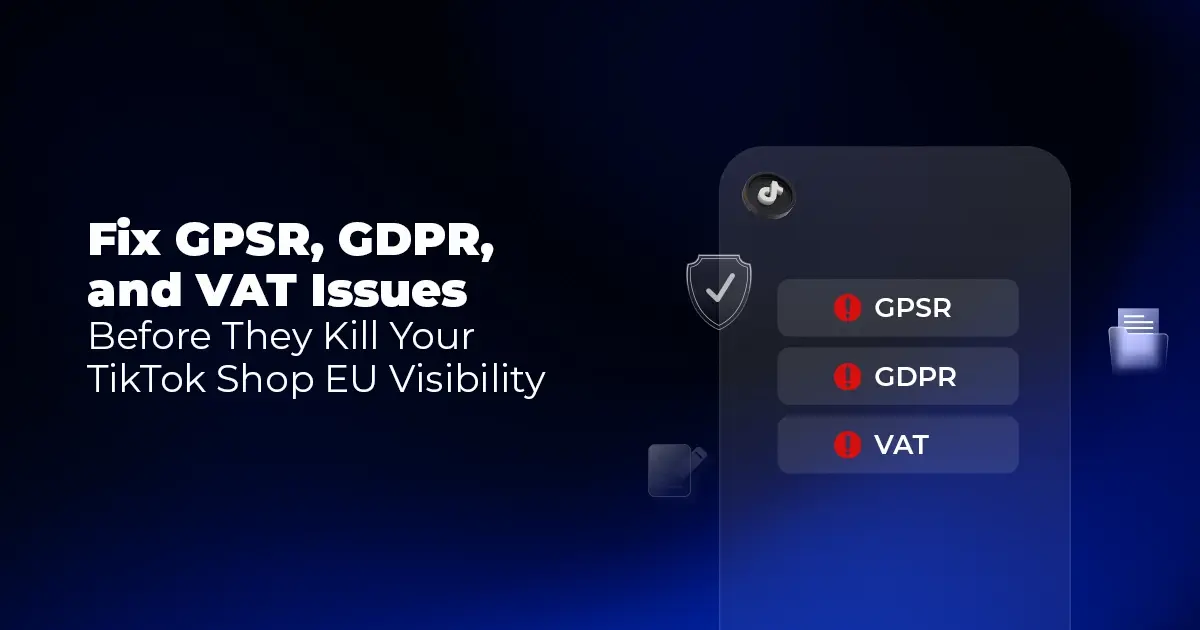
Reading Time: 9 minutesIf your TikTok Shop listings often sit in review or your visibility…